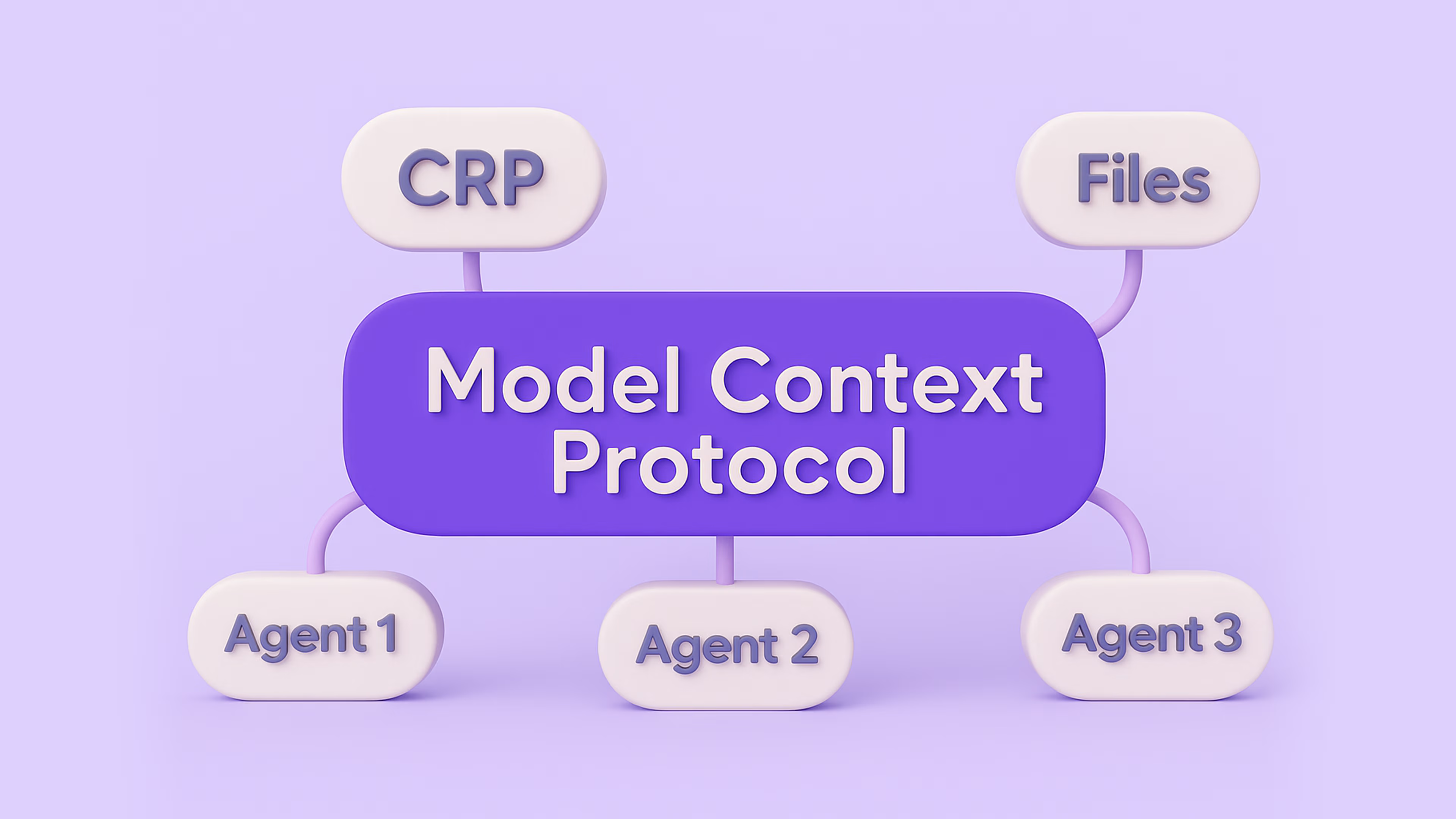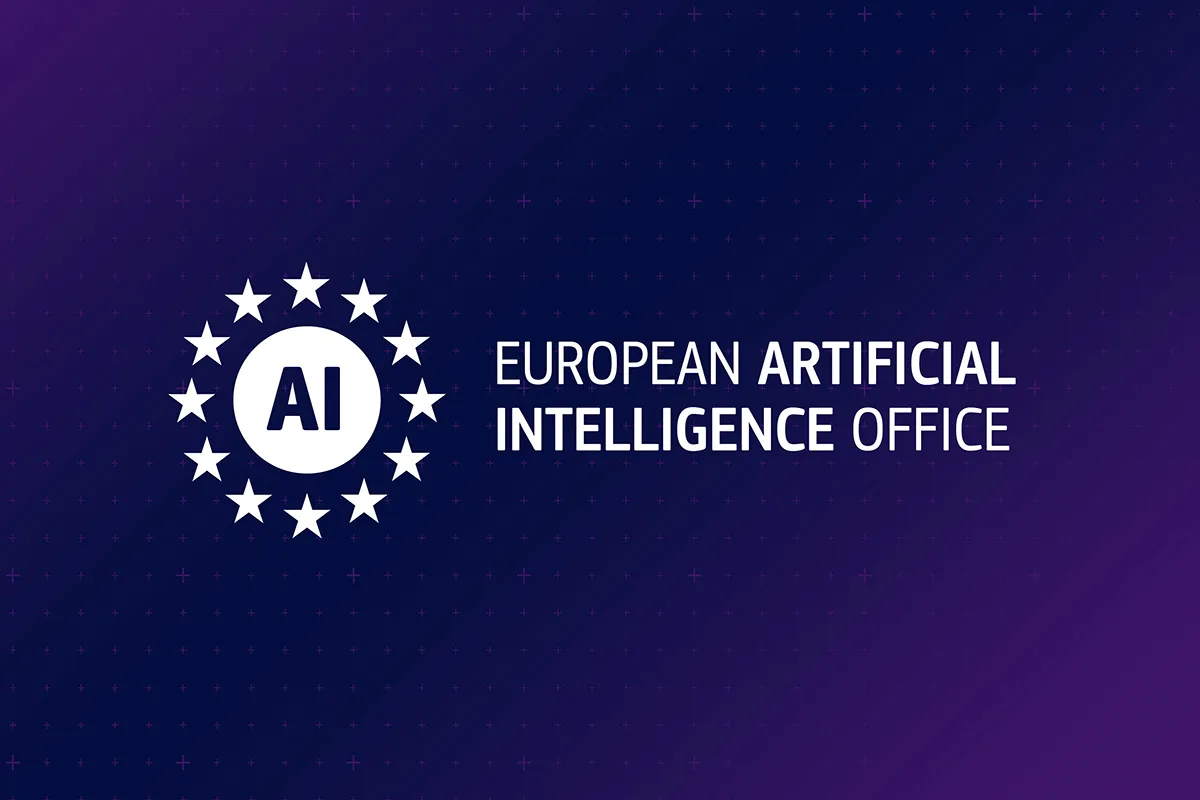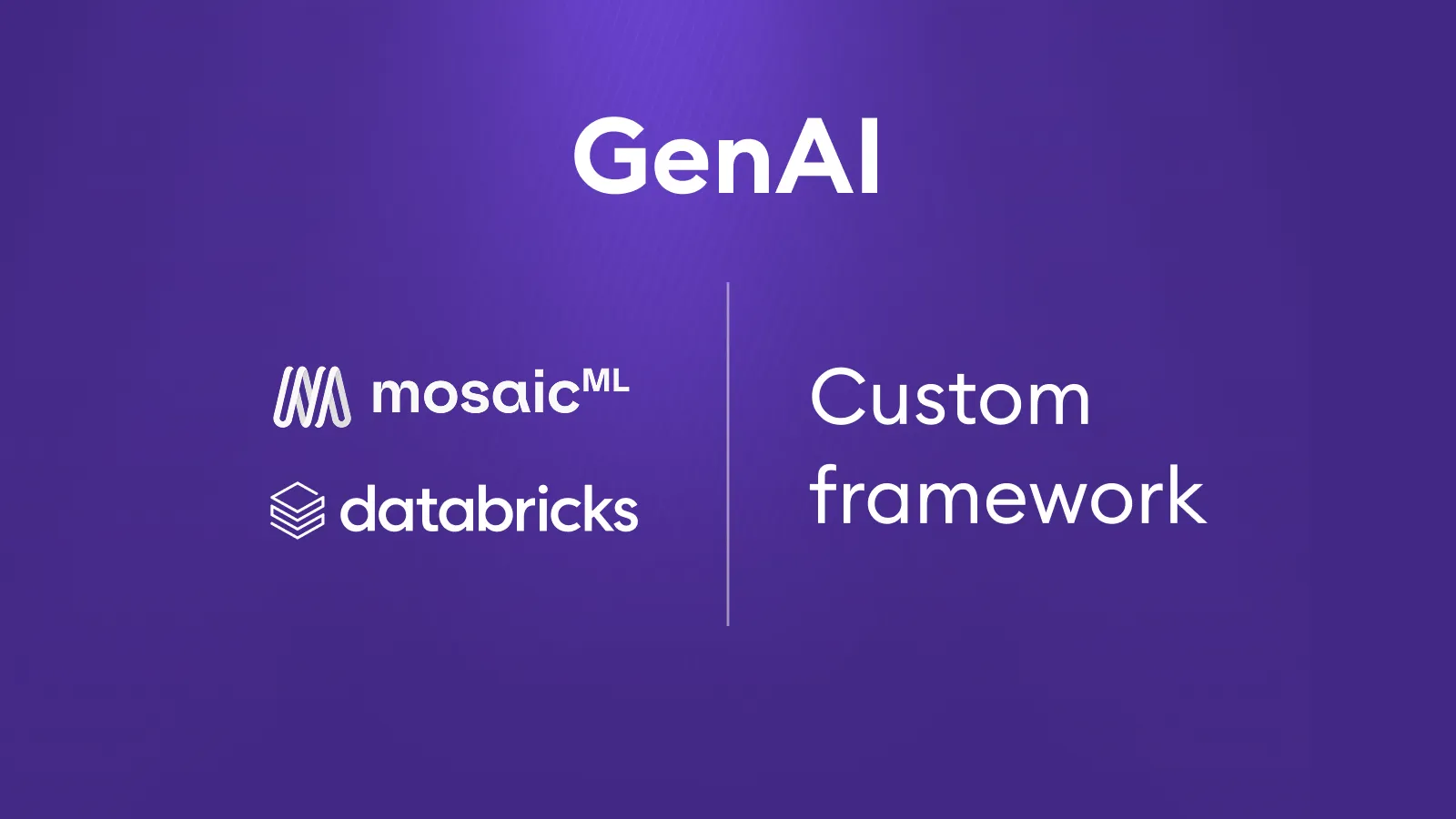What Is MCP – and Why Should You Care?
Model Context Protocol may sound like something out of an academic paper or internal Big Tech documentation. But in reality, it’s a standard that enables different AI systems to seamlessly communicate—not just with each other, but also with APIs, business tools, and humans.
Today’s AI tools—whether chatbots, voice assistants, or automation bots—are typically limited to narrow tasks and single systems. MCP changes that. It allows intelligent systems to:
- Check your e-commerce order status
- Review your insurance contract
- Reschedule your doctor’s appointment
- Arrange delivery and payment
All without switching apps or platforms. And more importantly: without every company needing to build its own AI assistant. All it takes is making services and processes “MCP-accessible.”
From AI as a Tool to AI as an Interface
Until now, AI in business has mostly served as a support tool for employees—helping with search, data analysis, or faster decision-making. But MCP unlocks a new paradigm:
Instead of building AI tools for internal use, companies will expose their services to be used by external AI systems—especially those owned by customers themselves.
That means the customer is no longer forced to use the company’s interface. They can interact with your services through their own AI assistant, tailored to their preferences and context. It’s a fundamental shift. Just as the web changed how we accessed information, and mobile apps changed how we shop or travel, MCP and intelligent interfaces will redefine how people interact with companies.
The AI-First Era Is Already Here
It wasn’t long ago that people began every query with Google. Today, more and more users turn first to ChatGPT, Perplexity, or their own digital assistant. That shift is real: AI is becoming the entry point to the digital world.
“Web-first” and “mobile-first” are no longer enough. We’re entering an AI-first era—where intelligent interfaces will be the first layer that handles requests, questions, and decisions. Companies must be ready for that.
What This Means for Companies
1. No More Need to Build Your Own Chatbot
Companies spend significant resources building custom chatbots, voice systems, and interfaces. These tools are expensive to maintain and hard to scale.
With MCP, the user shows up with their own AI system and expects only one thing: structured access to your services and information. No need to worry about UX, training models, or customer flows—just expose what you do best.
2. Traditional Call Centers Become Obsolete
Instead of calling your support line, a customer can query their AI assistant, which connects directly to your systems, gathers answers, or executes tasks.
No queues. No wait times. No pressure on your staffing model. Operations move into a seamless, automated ecosystem.
3. New Business Models and Brand Trust
Because users will bring their own trusted digital interface, companies no longer carry the burden of poor chatbot experiences. And thanks to MCP’s built-in structure for access control and transparency, businesses can decide who sees what, when, and how—while building trust and reducing risks.
What This Means for Everyday Users
- One interface for everything
- No more juggling dozens of logins, websites, or apps. One assistant does it all.
- True autonomy
- Your digital assistant can order products, compare options, request refunds, or manage appointments—no manual effort required.
- Smarter, faster decisions
- The system knows your preferences, history, and goals—and makes intelligent recommendations tailored to you.
Practical example:
You ask your AI to generate a recipe, check your pantry, compare prices across online grocers, pick the cheapest options, and schedule delivery—all in one go, no clicking required.
The Underrated Challenge: Data
For this to work, users will need to give their AI systems access to personal data. And companies will need to open up parts of their systems to the outside world. That’s where trust, governance, and security become mission-critical. MCP provides a standardized framework for managing access, ensuring safety, and scaling cooperation between systems—without replicating sensitive data or creating silos.
Conclusion
Just as HTTP enabled the web and APIs powered the service economy, MCP lays the foundation for a new internet layer—one driven by AI-native systems. Companies that understand this shift will stop fighting for attention through websites or ads. Instead, they’ll be present exactly where the action happens: inside the customer’s personal AI environment. And those who miss the window? They’ll face the same disruption as companies that underestimated the mobile era. BigHub helps enterprises prepare for this new wave of AI-first infrastructure. If you want to be ready for what’s coming next, let’s talk.






.avif)